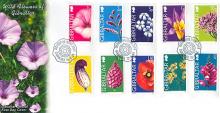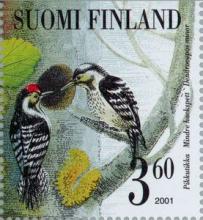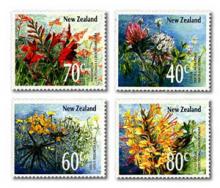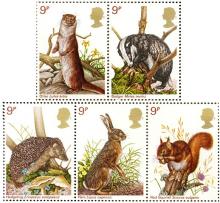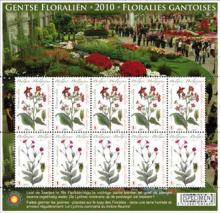Rural heritage almost gone - around 97 per cent of wildflower meadows have been lost over the last 70 years
People will put up with many privations, but don’t mess around with our green and pleasant land. Given this passion for the countryside it comes as something of a shock to learn that around 97 per cent of our wildflower meadows have been lost over the last 70 years, making them one of the most scarce and threatened habitats in the country. Shocking as this statistic is, all is not lost. Prince Charles, an indefatigable defender of our precious countryside, is leading a project to restore threatened wildflower meadows with the creation of “Coronation Meadows” up and down the country. Yorkshire is one of the few remaining strongholds for upland wildflower meadows and here, too, the fight is on to save these precious sites and protect the hundreds of wildlife species they support. Don Gamble, the Hay Time project manager, believes there’s a growing public awareness about the significance of meadows like this. “There’s been a lot of publicity recently, it’s captured people’s imagination and tapped into the sense that our rural heritage is actually very important.” But why are these meadows so important? “They support a whole range of wildlife and animals and pollinating insects like bees, but they’re also a fantastic part of the landscape. The meadow buttercups look brilliant at the moment and we’re just starting to see some of the others beginning to come in,” he says.



